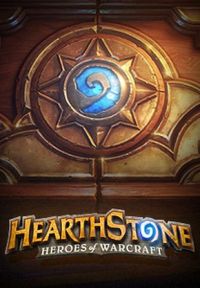 Hearthstone: Heroes of Warcraft continues to be a popular choice in the competitive gaming scene, and Stephanie Frey from Inverse Genius’s Games in Schools and Libraries blog has put together a new how-to guide for librarians interested in trying out the Collectible Card Game (CCG):
Hearthstone: Heroes of Warcraft continues to be a popular choice in the competitive gaming scene, and Stephanie Frey from Inverse Genius’s Games in Schools and Libraries blog has put together a new how-to guide for librarians interested in trying out the Collectible Card Game (CCG):
Are your gamers interested in Hearthstone? Do they already like games like Magic the Gathering and Yugioh? Do you want to try something new to attract a new group of the gamer curious to your library or school club? Here is everything you need to get started.
Hearthstone is a FREE Online Collectible Card Game. It is played over PC, Android, or Apple devices and an online connection is required. This is a game where gamers construct decks from cards they collect either from leveling up their characters by playing matches or from buying booster packs with points earned or cash. While it is free to play, each gamer can have their own account or the moderator can make guest accounts available, players can earn in-game currency to purchase additional booster packs and game modes or do the same by spending real money. We are getting a lot of play without spending a penny.
Looking for more Hearthstone information? Find all posts tagged with a Hearthstone: Heroes of Warcraft label now!

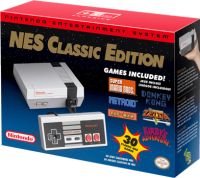 “Retro Gaming” is big business in 2017, fueling everything from the indie development boom to Nintendo’s popular line of Classic Edition microconsoles. Many libraries have begun to tap into this fandom, and some are even offering game programming centered around retro games.
“Retro Gaming” is big business in 2017, fueling everything from the indie development boom to Nintendo’s popular line of Classic Edition microconsoles. Many libraries have begun to tap into this fandom, and some are even offering game programming centered around retro games.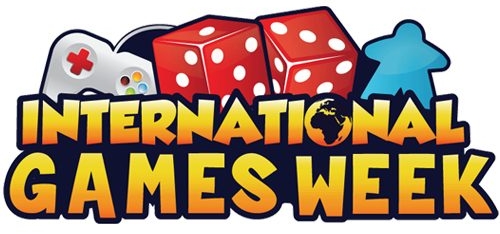
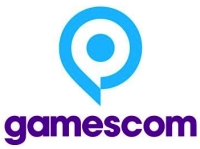 Every year, Germany’s Digital Gaming Culture Foundation (Stiftung Digitale Spielekultur) supervises the Gamescom Committee, a small group of journalists who choose the best games that were present at the Gamescom expo. The Gamescom expo is held in the Summer, and serves as the European equivalent to the Los Angeles-based E3 Expo.
Every year, Germany’s Digital Gaming Culture Foundation (Stiftung Digitale Spielekultur) supervises the Gamescom Committee, a small group of journalists who choose the best games that were present at the Gamescom expo. The Gamescom expo is held in the Summer, and serves as the European equivalent to the Los Angeles-based E3 Expo.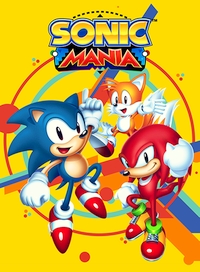 It’s hard being a Sonic the Hedgehog fan… especially in the last few years. The “Blue Blur” has always endured his share of ups and downs, but his most recent games might mark a low point for the franchise. Thankfully, Sonic Mania is here to save the day.
It’s hard being a Sonic the Hedgehog fan… especially in the last few years. The “Blue Blur” has always endured his share of ups and downs, but his most recent games might mark a low point for the franchise. Thankfully, Sonic Mania is here to save the day.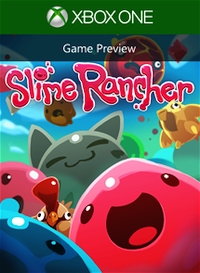 Slime Rancher made its debut on the PC and Xbox One as an Early Access title last year, and developer Monomi Park recently launched the “Full Version” of the game for both platforms.
Slime Rancher made its debut on the PC and Xbox One as an Early Access title last year, and developer Monomi Park recently launched the “Full Version” of the game for both platforms.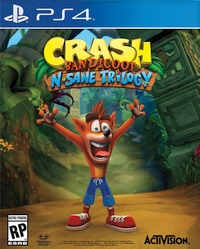 The Crash Bandicoot franchise kicked off a new wave of platformers in the late 90s and helped put Naughty Dog on the map. But after Vivendi Universal took over the franchise in 2000, a string of middling-to-poor entries forced the franchise to go on hiatus after the release of 2008’s Crash: Mind Over Mutant.
The Crash Bandicoot franchise kicked off a new wave of platformers in the late 90s and helped put Naughty Dog on the map. But after Vivendi Universal took over the franchise in 2000, a string of middling-to-poor entries forced the franchise to go on hiatus after the release of 2008’s Crash: Mind Over Mutant.